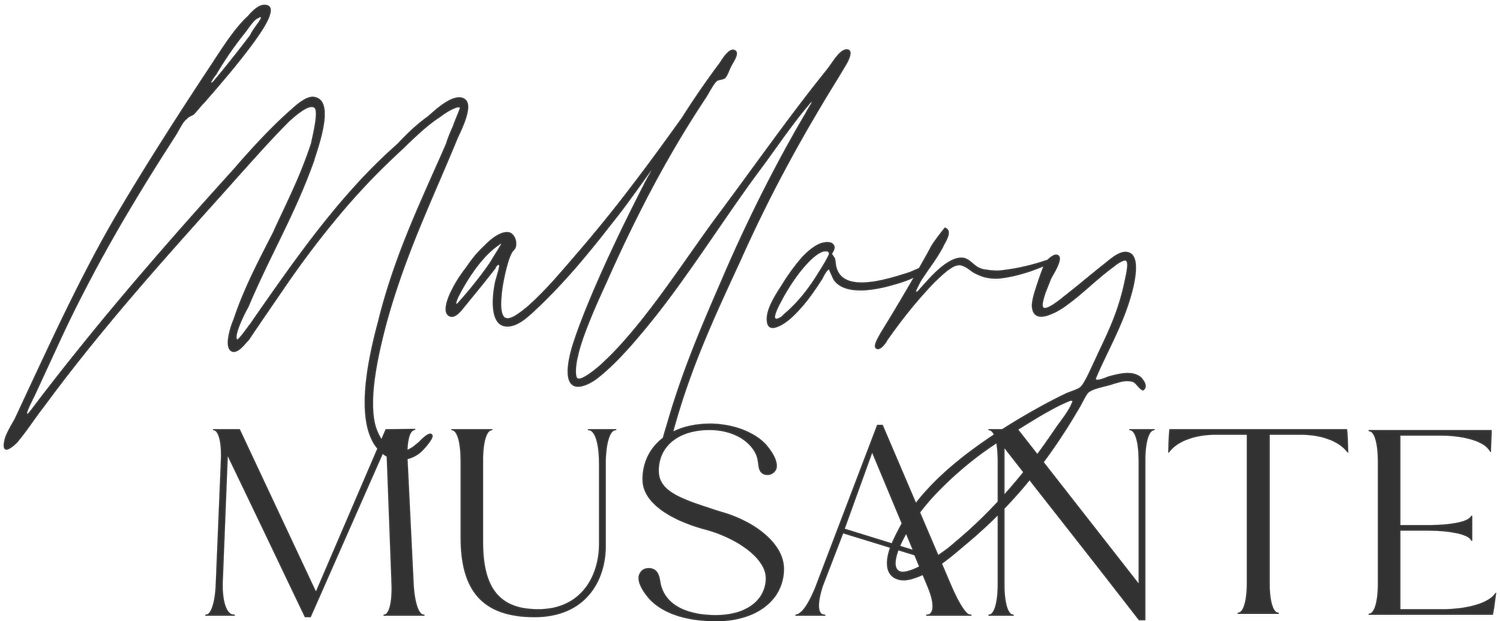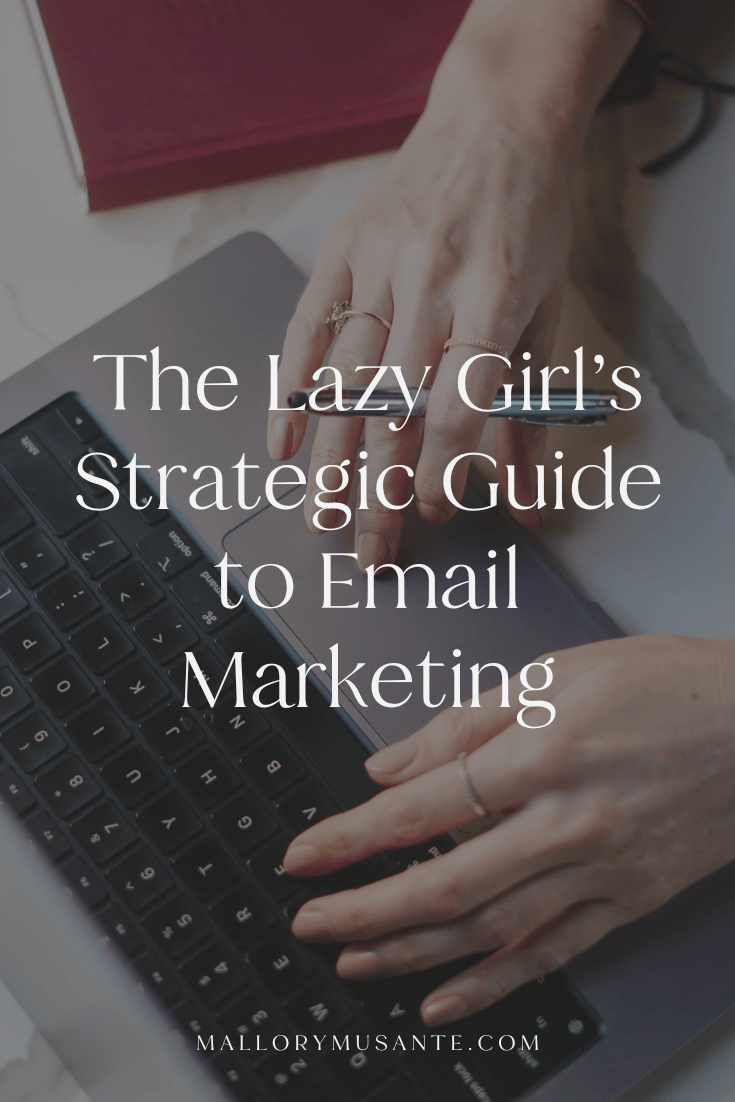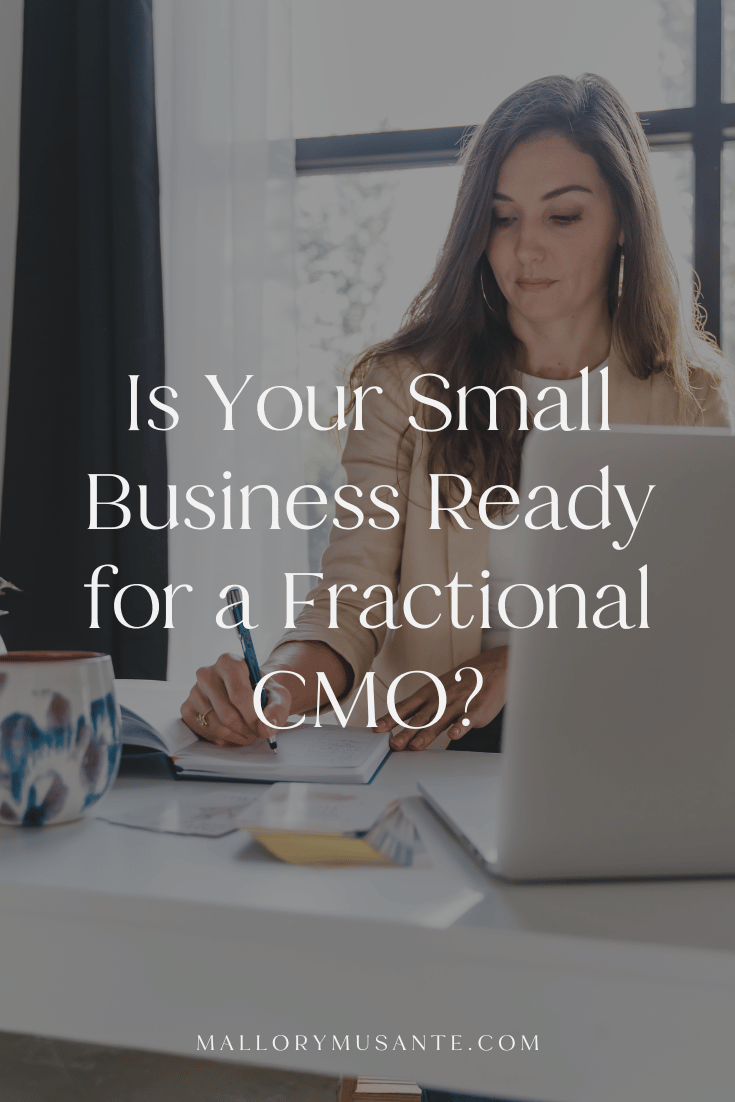How to use your content pillars to create a strategic sales funnel
You know your content marketing is an essential piece of your marketing strategy. It often acts as the foundation for the rest of your marketing if we’re being honest.
But I know that it can also be overwhelming to figure out what to post to your blog, to Instagram, to YouTube, send to your email list… you get the idea.
Content pillars are what is going to save your sanity here.
(And then you can repurpose all this content across your various distribution channels to make life even easier!)
What are content pillars?
You’ve likely heard of content pillars, or maybe you already use them in your content marketing strategy, but in case you haven’t heard of them, they are key content types that you should be touching on in all your content marketing. This helps you stay consistent with your key messaging and makes planning your content a lot easier.
What are the five content pillars?
1. Engagement content
Engagement content is meant to be relatable so others want to not only engage with it but also potentially share it. This content pillar is mainly used on social media to help boost your reach with the social media algorithms. These are often seen in the form of quote graphics, memes and/or fun, relatable Reels.
Here’s an example of engagement content.
2. Educational content
Educational content is just what it sounds like… content that educates your audience! In my opinion, this is the cornerstone of your content marketing. This sets you up as an expert by highlighting your knowledge and skills to others.
This content pillar is often seen as blog posts, educational Instagram Reels, YouTube videos, and more.
Here’s an example of educational content.
3. Connection content
Connection content is meant to build strong relationships with those in your target market and often takes the form of storytelling. Storytelling in marketing is extremely powerful and effective as it is used to make your target audience feel something specific. I like to use personal stories for my connection content so my audience not only gets to know me better in my values and convictions but also feels a specific way after reading it.
Here’s an example of connection content.
4. Social proof
Social proof helps provide credibility with your target market. This is where you need to get comfortable with a little humble bragging because this is where you show that you know what you’re doing and you have proof to back it up. Testimonials, case studies, press mentions, and statistics can all be used in your social proof.
Pro tip: I like to often use storytelling when sharing my testimonials which helps not only build that credibility but creates that connect element as well making it a much more powerful piece of content!
Here’s an example of a social proof post.
(I share this type of content a lot more in Stories, personally.)
5. Promotional content
Promotional content is just that… meant to promote and sell your offerings. This may mean you’re directing people to your website to sign up for a course or lead magnet or maybe you have them DM you to claim a spot in your new program. You want to make sure you have a really clear CTA so your target audience knows exactly how to purchase.
Pro tip: I will often tack on promotional content to the end of my educational content and/or social proof content. For me this converts higher because I’m giving them a reason to take action.
Learn more about how to use your content pillars strategically for endless content ideas that are not only unique to your business but, most importantly, help you land more sales.
Why are content pillars important?
Content pillars help bring a focus to your content marketing. You know that you can cycle through these 5 content pillars to make sure you’re hitting all your key messaging week after week, month after month. This means that every single touchpoint your target market has with you has a purpose.
It also makes your life easier because when you don’t know what to post, you can revisit your content pillars to guide you forward. If you want to take it a step further and make life even easier for yourself, you can also add topics or categories under each pillar. For example, under my promotional content, I have the topics of my buyer’s journey lead magnet, Strategy Intensives, and 60-minute strategy sessions so I make sure I’m letting people know the various ways they can work with me.
How do content pillars relate to the “Know Like Trust” Factor?
The “Know Like Trust” Factor is essentially the journey your target audience goes through when getting to know you and your brand. They first need to know who you are (aka brand recognition). Then they need to determine if they like what they discover. And finally, once they know and like you, can they trust you to deliver what they’re looking for help with? Once you have built that “Know Like Trust” factor, gaining clients and customers becomes much more seamless.
Here’s how the five content pillars breakdown in terms of the “Know Like Trust” Factors:
Engagement Content 👉 Know
Educational Content 👉 Know, Like, and Trust
Connection Content 👉 Like and Trust
Social Proof Content 👉 Trust
Promotional Content 👉 You need to have built the Know, Like, Trust Factor before getting to this point
How to use content pillars as a sales funnel:
🔻Engaging/inspiration content, like quote graphics and Reels, helps people discover you.
🔻Educational content helps build like-ability and trust with your audience because you’re helping them learn something new within your zone of genius.
🔻Connection content, which usually involves more storytelling, creates a deeper connection with your audience aka they like you!
🔻Social proof, like testimonials and showing off your work, builds credibility and trust.
🔻And by the time your promotional content rolls around, you’ve already established a connection built squarely on the Know Like Trust factor increasing your odds for conversion.
And that, ladies and gentlemen, is your content funnel!
You’re not necessarily going to be posting these content pillars back-to-back for 5 days. You want to cycle through them in a way that’s closer to 60% of your content is either engagement or educational content, 20% is connection content, and the remaining 20% is social proof and promotional.
Using this, especially in your social media content, is going to be incredibly helpful in building connections and increasing conversions. But you can also use this is your blog content, email marketing, and across many other marketing avenues. Just make sure you make adjustments to fit that specific avenue and your target audience and you’ll be golden.
Want to learn The Content Flow Framework more in-depth?
I’m showing you how to pair this content funnel with your key messaging to create dynamic content that actually converts. Check it out here!
































